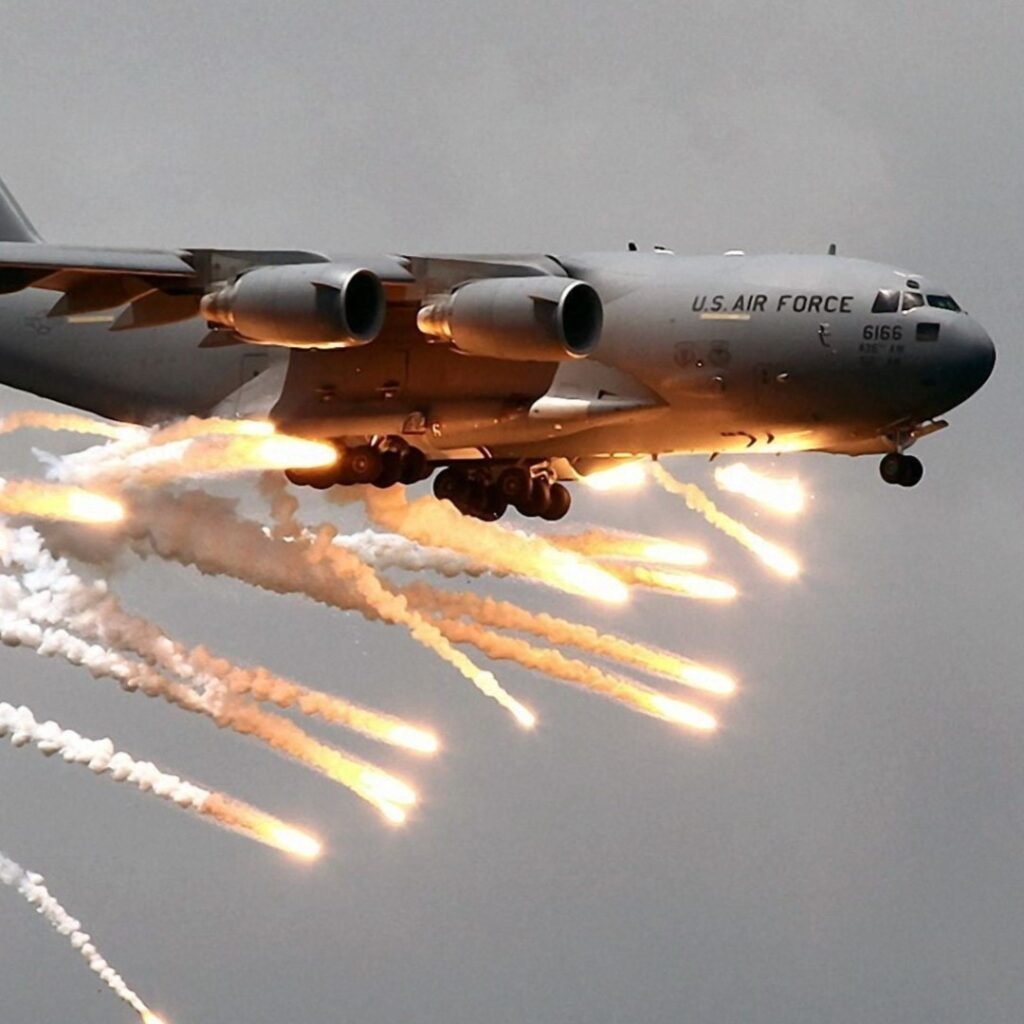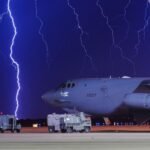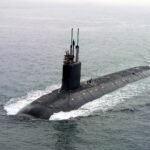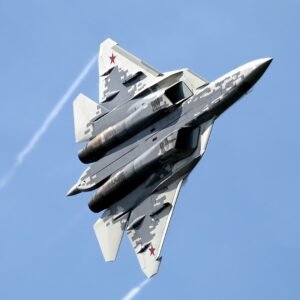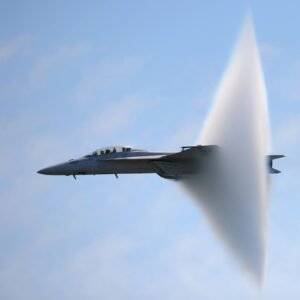Introduction
The Boeing C17 Globemaster III is a large military transport aircraft designed and manufactured by Boeing. It was developed in the 1980s and 1990s to replace older military transport aircraft, such as the C-141 Starlifter and the C-130 Hercules.
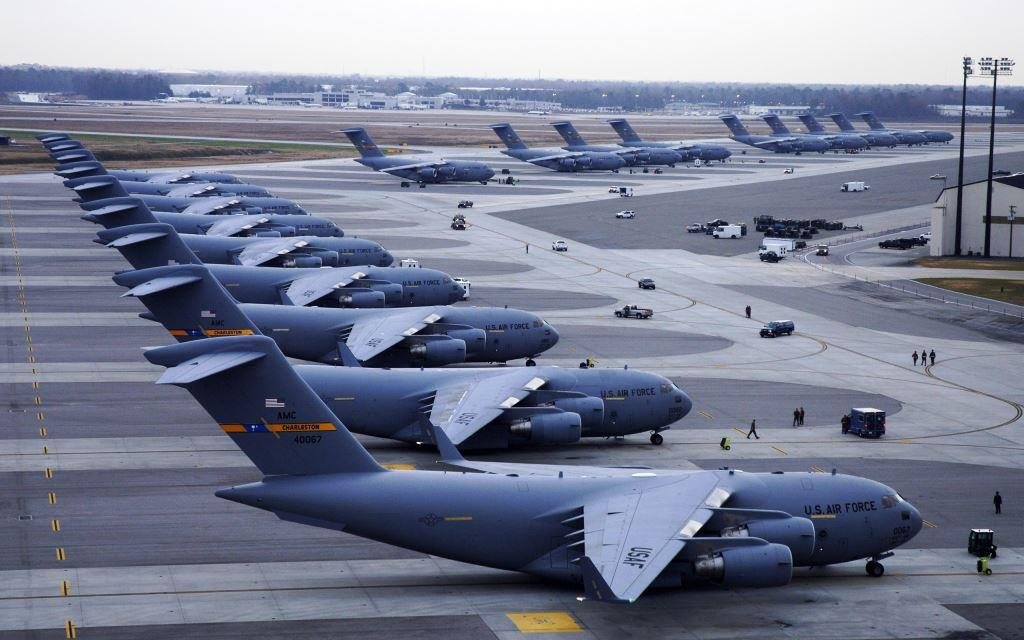
The first Boeing C17 Globemaster III was delivered to the United States Air Force in 1993, and the aircraft has since become a key component of the U.S. military’s airlift capability. The C-17 has also been exported to other countries, including Australia, Canada, India, Qatar, and the United Kingdom.
The aircraft is designed to carry out a variety of missions, including strategic airlifts, airdrops, and medical evacuations. It can transport a wide range of cargo, including vehicles, weapons systems, and personnel. The C-17 is also capable of performing tactical airlift missions, which involve delivering troops and cargo to unimproved runways and other austere locations.
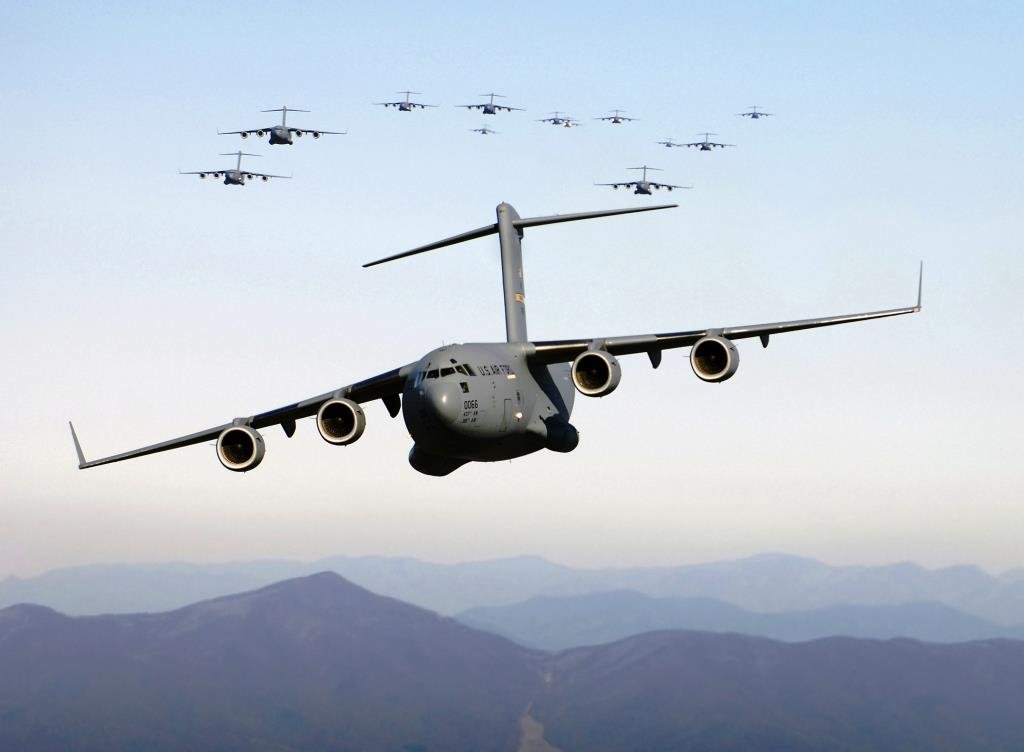
Design and Development
The design and development of the Boeing C17 Globemaster III began in the 1980s as a joint venture between McDonnell Douglas (which later merged with Boeing) and the United States Air Force. The goal was to create a new military transport aircraft that would replace aging cargo planes, such as the C-141 Starlifter and the C-130 Hercules.
The C-17 was designed to be a large, high-wing, four-engine aircraft capable of transporting heavy cargo over long distances. The aircraft’s design included a rear-loading ramp and a spacious cargo hold, which could be configured to carry a variety of cargo, including vehicles, helicopters, and even other aircraft.
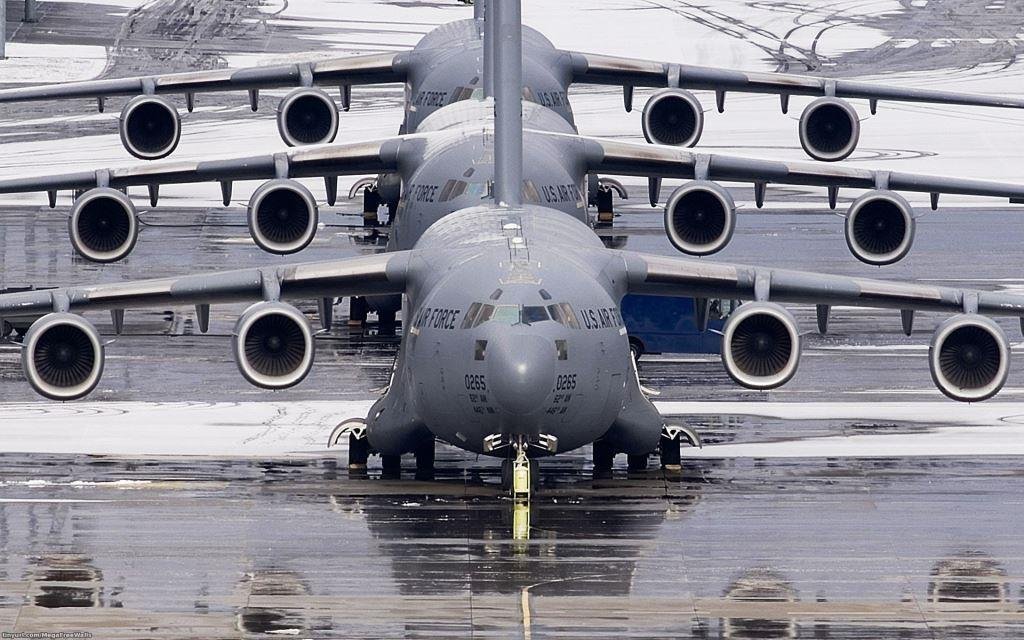
The C-17’s development was a major undertaking that involved the use of advanced technologies and innovative design approaches. For example, the aircraft was the first military transport to use a fly-by-wire flight control system, which allows for more precise control and improved safety. The C-17 also incorporated advanced avionics and navigation systems, such as GPS and inertial navigation.
The C-17’s development was not without its challenges, however. The program experienced significant cost overruns and delays, which led to criticism from some quarters. Despite these setbacks, the C-17 program persevered, and the aircraft was finally certified for operational use in 1995.
Since its introduction, the C-17 has undergone several upgrades and modifications to improve its performance and extend its operational life. These upgrades have included the addition of new engines, improved avionics, and navigation systems, and enhancements to the aircraft’s cargo handling capabilities.
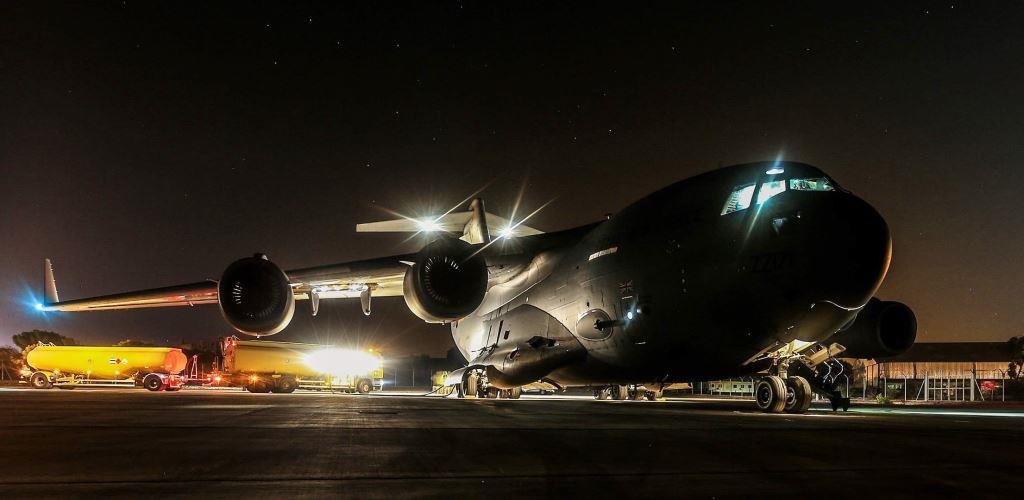
What are The General Characteristics of The Boeing C17 Globemaster III?
General Specifications for The Boeing C17 Globemaster III.
- Crew: Three (two pilots and one loadmaster)
- Length: 174 feet (53 meters)
- Wingspan: 169.8 feet (51.75 meters)
- Height: 55.1 feet (16.79 meters)
- Empty weight: 282,500 pounds (128,100 kg)
- Maximum takeoff weight: 585,000 pounds (265,350 kg)
- Cargo capacity: up to 170,900 pounds (77,519 kg)
- Maximum speed: Approximately 450 knots (518 mph or 830 km/h)
- Range: Approximately 5,500 nautical miles (6,325 miles or 10,186 km)
- Service ceiling: Up to 45,000 feet (13,716 meters)
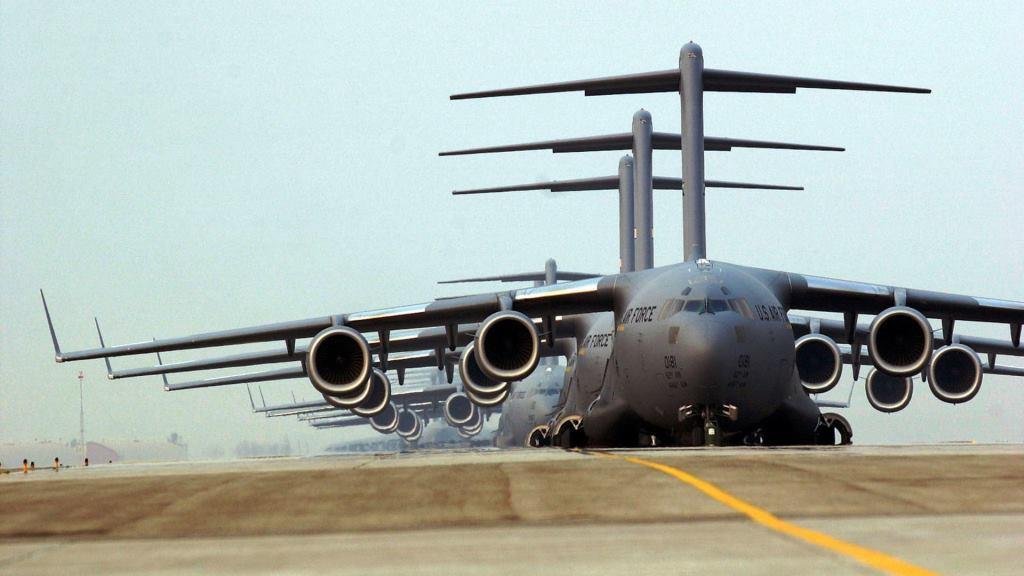
Engine
The Boeing C17 Globemaster III is powered by four Pratt & Whitney F117-PW-100 turbofan engines, each providing a maximum thrust of 40,440 pounds (180 kN).
- Type: High-bypass turbofan engines
- Thrust: 40,440 pounds (180 kN) each
- Fan diameter: 94 inches (2.39 meters)
- Length: 173.8 inches (4.42 meters)
- Weight: 6,170 pounds (2,800 kg) each
- Fuel efficiency: The F117 engines are designed for fuel efficiency, which is critical for a transport aircraft like the C-17. The engines use a low-pressure compressor and advanced materials to reduce fuel consumption and increase range.

Sensors and Avionics
The Boeing C17 Globemaster III is equipped with advanced avionics and navigation systems, which help the aircraft operate safely and efficiently.
- Flight Management System (FMS): The FMS is a computerized system that helps pilots navigate the aircraft to its destination. It uses data from GPS, INS, and other sensors to provide precise navigation information and calculate optimal flight paths.
- Head-Up Display (HUD): The HUD displays critical flight information, such as airspeed, altitude, and heading, on a transparent screen in front of the pilot. This allows pilots to keep their eyes on the horizon and maintain situational awareness during takeoff, landing, and other critical phases of flight.
- Multi-Mode Radar: The C-17’s radar system is used for weather detection, terrain avoidance, and navigation. It can also detect other aircraft and provide the pilot with situational awareness in low-visibility conditions.
- Traffic Alert and Collision Avoidance System (TCAS): The TCAS is a radar-based system that helps the pilot avoid mid-air collisions with other aircraft. It provides warnings and advisories to help the pilot take evasive action if necessary.
- Enhanced Vision System (EVS): The EVS uses infrared sensors and cameras to provide pilots with enhanced vision in low-light and low-visibility conditions. This can help improve safety during takeoff, landing, and other critical phases of flight.
- Digital Autopilot: The C-17’s autopilot system uses advanced algorithms and sensors to help the aircraft maintain stable flight and make precise course corrections.

Armaments
The Boeing C17 Globemaster III is primarily a transport aircraft, but it does have some limited defensive capabilities.
- AN/AAR-47 Missile Approach Warning System: This system uses sensors to detect incoming missiles and provides warnings to the crew, allowing them to take evasive action.
- AN/ALR-56M Radar Warning Receiver: This system can detect and identify threats from radar-guided weapons, such as surface-to-air missiles.
- Countermeasures Dispenser System: The C-17 can carry a countermeasures dispenser system, which releases flares and chaff to confuse heat-seeking and radar-guided missiles.
- M-61 Vulcan Cannon: The C-17 can be equipped with an M-61 Vulcan cannon for defensive purposes. The cannon is a 20mm Gatling-style gun that can fire up to 6,000 rounds per minute.
- GAU-18/A Machine Gun: The C-17 can also be equipped with a GAU-18/A machine gun, which is a .50 caliber weapon that can be mounted on the aircraft’s ramp or cargo door for defensive purposes.
It’s worth noting that the C-17’s defensive capabilities are primarily focused on self-protection, and the aircraft is not intended to be used as an offensive weapon. The aircraft’s primary mission is to transport personnel, equipment, and supplies to and from the battlefield.
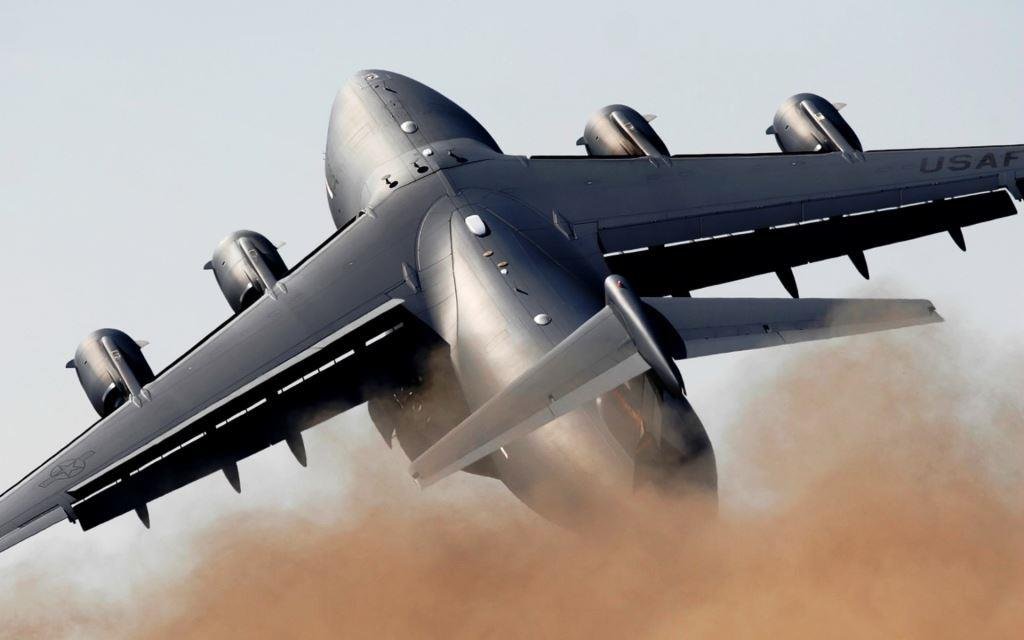
Boeing C17 Globemaster III Seating Capacity
The seating capacity of the Boeing C17 Globemaster III can vary depending on the configuration and mission requirements.
- Troop transport: The C-17 can transport up to 102 fully equipped paratroopers or 134 troops in a standard seating configuration.
- Medical evacuation: The aircraft can be configured to transport up to 36 liters (stretcher patients) and 54 ambulatory patients, along with medical personnel and equipment.
- VIP transport: The C-17 can be configured to transport senior military leaders and government officials in a VIP configuration, with comfortable seating and amenities.
- Cargo transport: When carrying only cargo, the C-17 can accommodate a maximum payload of 170,900 pounds (77,519 kg), with a total cargo volume of 5,523 cubic feet (156.1 cubic meters).
It’s worth noting that the C-17’s seating capacity can be adjusted depending on the mission requirements and the needs of the passengers or cargo being transported. The aircraft is highly versatile and can be quickly reconfigured for a range of different missions.

Boeing C17 Globemaster III Takeoff Speed
The takeoff speed of the Boeing C17 Globemaster III can vary depending on a number of factors, including the aircraft’s weight, altitude, and runway conditions. However, here are some general guidelines for takeoff speeds:
- Normal takeoff: The takeoff speed for a C-17 with a normal takeoff weight of around 585,000 pounds (265,350 kg) is approximately 140-160 knots (161-184 mph or 259-296 km/h).
- Short-field takeoff: If the C-17 is taking off from a short runway or with a heavy load, the takeoff speed will be higher. For a short-field takeoff with a weight of around 585,000 pounds (265,350 kg), the takeoff speed can be as high as 180 knots (207 mph or 333 km/h).
Boeing C17 Globemaster III in The India
The Indian Air Force operates 11 Boeing C17 Globemaster III aircraft, which were acquired from Boeing as part of a foreign military sale in 2013. The IAF primarily uses the C-17 for strategic airlift missions, including troop and cargo transport, medical evacuation, and disaster relief.
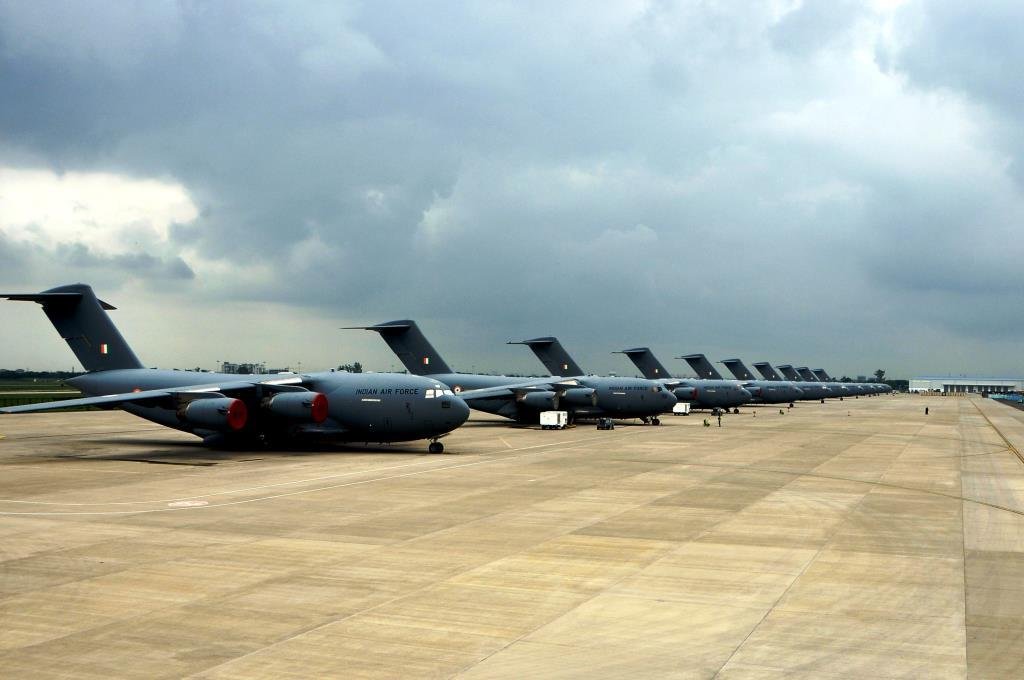
The C-17 has been a valuable addition to the IAF’s fleet, providing a modern and capable transport aircraft with long-range and heavy lift capabilities. The aircraft has been used in a number of high-profile missions, including the evacuation of Indian nationals from conflict zones, and humanitarian aid to earthquake-stricken Nepal.
The C-17, the IAF also operates a range of other transport aircraft, including the Russian-made Il-76 and An-32, and the Indian-made HAL Dhruv and Saras aircraft. The C-17 is a key part of the IAF’s transport fleet and provides the Air Force with additional capabilities and flexibility to meet a range of mission requirements.
Operational History
The Boeing C17 Globemaster III has been in operation since the 1990s. It has been used in a variety of military and humanitarian missions around the world.
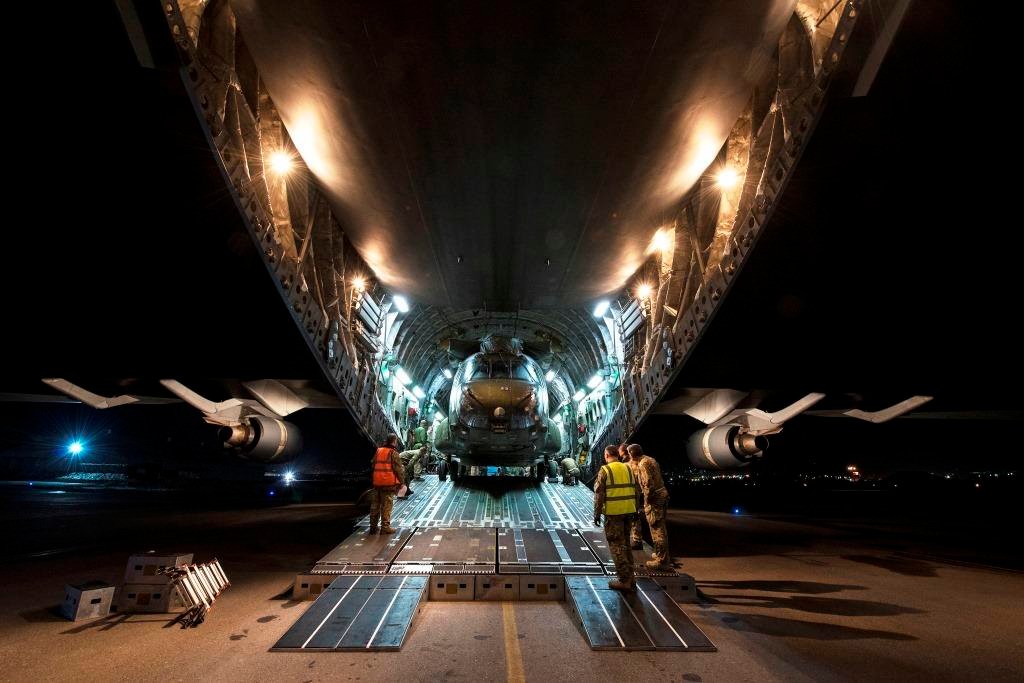
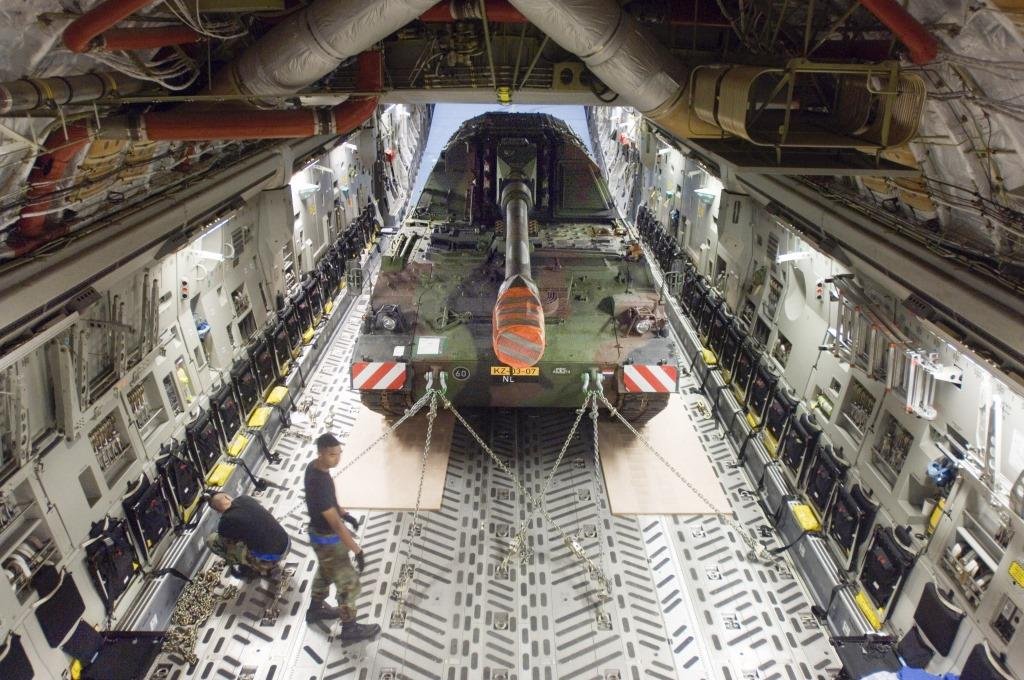
- Gulf War: The C-17 was used in the Gulf War in 1991 to transport personnel and equipment to the theater of operations.
- Humanitarian missions: The C-17 has been used in many humanitarian missions around the world, including the relief efforts after the 2004 Indian Ocean tsunami, the 2010 Haiti earthquake, and the 2013 Typhoon Haiyan in the Philippines.
- War in Afghanistan: The C-17 has been a key asset in the war in Afghanistan, transporting troops, equipment, and supplies to the theater of operations.
- War in Iraq: The C-17 has been used in the Iraq War to transport personnel and equipment to the theater of operations.
- Libya: The C-17 was used in 2011 in the military intervention in Libya to transport troops and equipment to the region.
- COVID-19 response: The C-17 has been used in several countries to transport medical supplies and equipment during the COVID-19 pandemic.
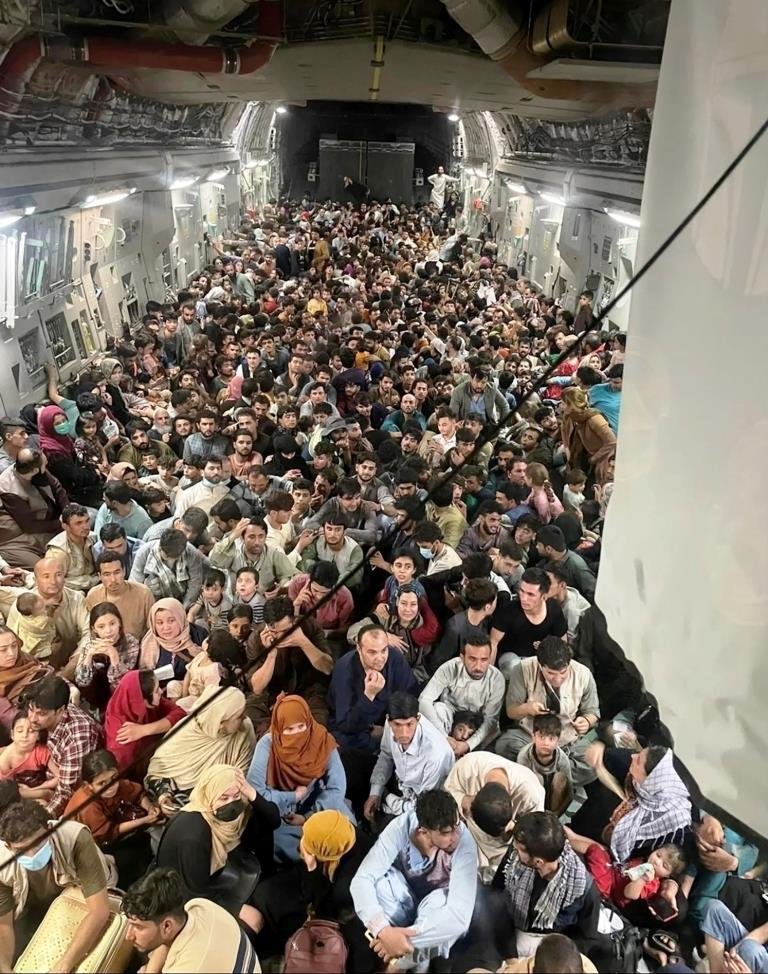
Variants of Boeing C17 Globemaster III
The Boeing C17 Globemaster III has several variants, each designed to meet specific mission requirements.
- C-17A: This is the basic variant of the C-17 and is used primarily for strategic airlift missions.
- C-17B: This variant was proposed by Boeing as an upgrade to the basic C-17, with improvements to the aircraft’s engines, avionics, and other systems. However, this variant was never built.
- AC-17 Gunship: This is a proposed gunship variant of the C-17, which would be equipped with weapons systems and used for close air support and ground attack missions.
- KC-17: This is a proposed aerial refueling variant of the C-17, which would be equipped with an aerial refueling boom or drogue system.
- NC-17: This is a proposed VIP transport variant of the C-17, which would be equipped with a luxurious interior for use by high-ranking officials.
While some of these variants have been proposed, only the C-17A has been built and put into operation. The C-17A has proven to be a versatile and reliable transport aircraft. The capability to operate in a wide range of environments and mission scenarios.
Prototypes of Boeing C17 Globemaster III
Boeing developed several prototypes and pre-production models of the C-17 Globemaster III before the final production version was introduced.

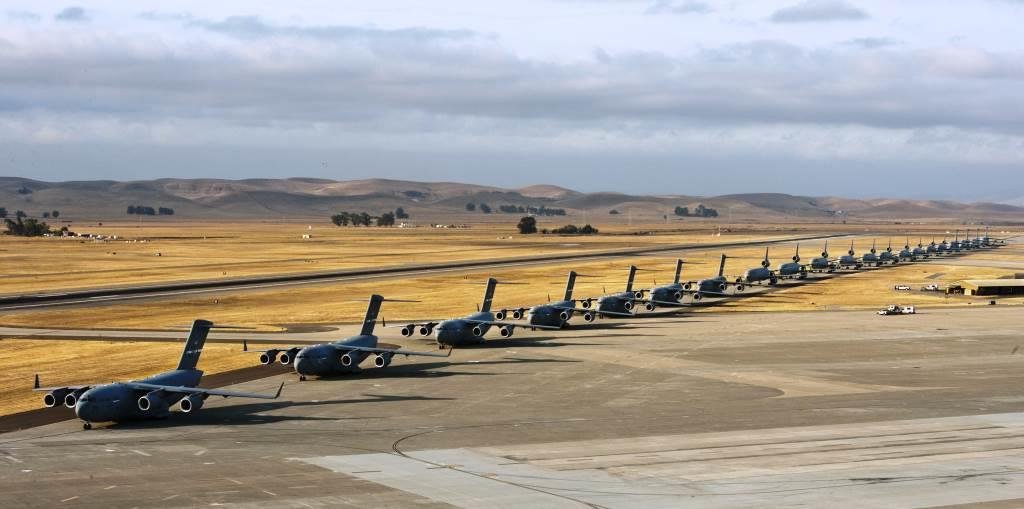
- YC-15: This was a prototype developed by Boeing in the 1970s in response to a U.S. Air Force competition for a new tactical transport aircraft. While the YC-15 was not ultimately selected, it provided the foundation for the C-17.
- YC-14: This was another prototype developed by Boeing in the 1970s in response to the same U.S. Air Force competition. The YC-14 was another contender for the tactical transport aircraft contract, but it was not selected.
- C-17A Pre-Production models: Boeing built eight C-17A pre-production models, which were used for testing and evaluation by the U.S. Air Force. These pre-production models incorporated some design changes from the initial production version of the C-17.
- C-17B prototype: Boeing developed a proposed upgrade to the C-17, called the C-17B, which featured several improvements to the aircraft’s engines, avionics, and other systems. However, this variant was never built.
These prototypes and pre-production models helped to refine the design of the C-17. It ensures that the final production version met the requirements of the U.S. Air Force and other customers.
Protip:-Do you know about Bomber Aircraft

